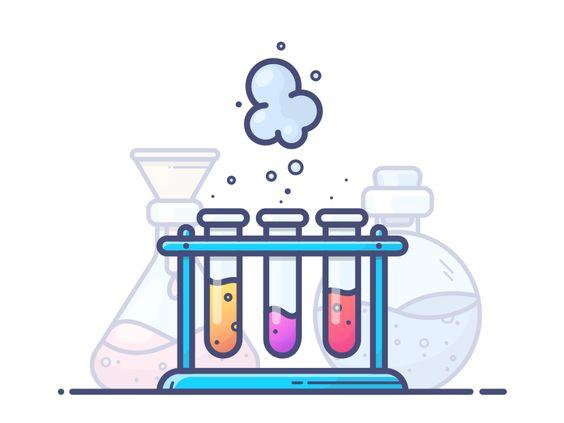Glyphosate: Its Environmental Persistence and Impact on Crop Health and Nutrition

Glyphosate (N-(phosphonomethyl) glycine), after its introduction in the 1970s, became a popular herbicide among farmers because of its broad-spectrum weed control. The use of glyphosate as a “burn down” application alone, or in combination with other pre- or postemergent herbicides, became standard practice in cropping systems throughout the world. Glyphosate is a nonselective, postemergent herbicide known to control more than 150 weed species, including mono- and dicotyledonous plants of annual or perennial nature [1]. Glyphosate is the active ingredient in many herbicide products (for example, Roundup) and is commercially available in its various salt forms, such as isopropylamine, ammonium, potassium, and trimesium salt. It is used to manage annual broadleaf weeds, grasses, and sedges in various field and row crops around the globe. Furthermore, its usage has expanded to urban and natural areas, pastures, forestry, and aquatics.
Generally applied to foliar parts of weeds, glyphosate can enter plants through four potential routes: the leaves or other green tissues, the roots, the trunk, or shoots emerging from the root or the trunk [2]. After entering the plants, it is rapidly translocated to regions of active growth within the plant. The mechanism of action of Glyphosate is to block the activity of the enzyme called 5-enol-pyruvyl-shikimate-3-phosphate synthase (EPSPS), which catalyzes the sixth step in the shikimic acid pathway [3,4]. By blocking the enzyme, it prevents the biosynthesis of aromatic amino acids, viz. phenylalanine, tyrosine, and tryptophan, produced through the shikimate pathway [5]. Plants treated with glyphosate normally die within a period of 1–3 weeks, and because of its even distribution in the plant, no plant parts can survive [6].
Chemically, glyphosate is a phosphonomethyl derivative of the amino acid glycine [7]. It is a white and odorless crystalline solid having one basic amino group and three ionizable acidic sites (Table 1) [8]. Glyphosate is a nonvolatile chemical, does not undergo photochemical degradation, and is stable in air. Glyphosate has been considered a relatively safe compound in the environment because of its rapid inactivation in soil by adsorption and degradation [9]. However, owing to its extensive use, concerns and studies on the behavior of glyphosate in plant and the environment are growing.
- Art
- Causes
- Crafts
- Dance
- Drinks
- Film
- Fitness
- Food
- Oyunlar
- Gardening
- Health
- Home
- Literature
- Music
- Networking
- Other
- Party
- Religion
- Shopping
- Sports
- Theater
- Wellness
- IT, Cloud, Software and Technology


